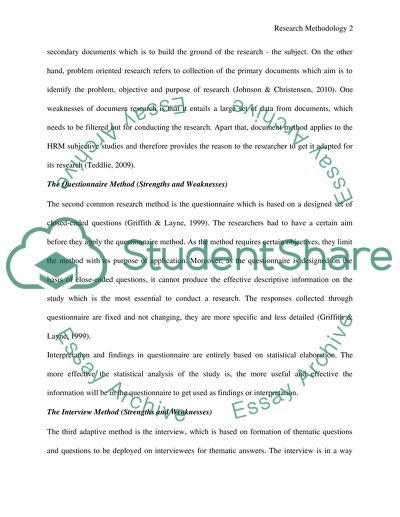Cite this document
(“Research methodology.research methods Dissertation”, n.d.)
Retrieved from https://studentshare.org/education/1483001-research-methodologyresearch-methods
Retrieved from https://studentshare.org/education/1483001-research-methodologyresearch-methods
(Research methodology.Research Methods Dissertation)
https://studentshare.org/education/1483001-research-methodologyresearch-methods.
https://studentshare.org/education/1483001-research-methodologyresearch-methods.
“Research methodology.Research Methods Dissertation”, n.d. https://studentshare.org/education/1483001-research-methodologyresearch-methods.


